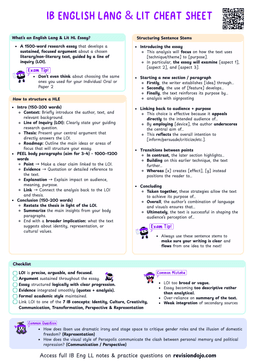Writers Use Sound to Make Language Stick
Sound Devices
Sound devices are literary techniques that create auditory patterns in language. These patterns give writing rhythm, mood, and texture. They draw attention to key ideas, make descriptions more memorable, and often mirror the emotions or themes of a text.
- Whether it’s the click of heels in a suspense scene or the soothing flow of soft sounds in a lullaby, sound devices shape how we experience a story.
- Sound devices include alliteration, assonance, consonance , onomatopoeia, and rhyme.
Why Sound Devices Matter
- Echo meaning: The sounds of words can reinforce their meaning.
- Shape mood and tone: Harsh consonants can create a sense of tension , while soft vowels can evoke calmness.
- Reinforce imagery: Sound and image often work together, when you hear what you see, the moment becomes more vivid.
- Aid memory: Patterns like rhyme and alliteration make phrases more memorable and engaging.
Alliteration
Alliteration
Alliteration is the repetition of initial consonant sounds in a series of words.
“Footsteps followed her through the fog.”
- The repeated f sound creates a soft but persistent rhythm, reflecting unease and tension.
- Why it works: The quiet friction of “f” builds a suspenseful mood, echoing the character’s fear of being watched.
Assonance
Assonance
Assonance is the repetition of vowel sounds within words.
“The low moan of the cold road.”
- The long “o” sounds draw out the line, giving it a haunting, drawn-out quality.
- Why it works: The stretched vowels mirror the slow, heavy feeling of despair or exhaustion.
Consonance
Consonance
Consonance is the repetition of consonant sounds at the end or middle of words.
“The backpack click-clacked across the cracked track.”
- The repeated “ck” sounds create a staccato rhythm that mimics sharp, jarring movement.
- Why it works: These harsh, percussive sounds build energy, tension, or urgency.
Onomatopoeia
Onomatopoeia
Onomatopoeia is the use of words that imitate the sounds they describe.


